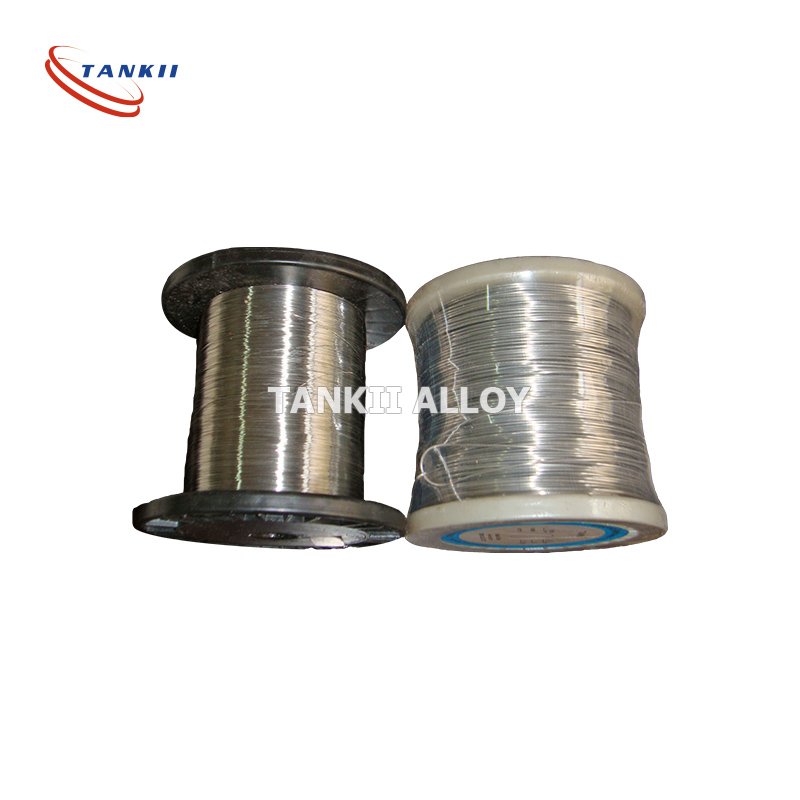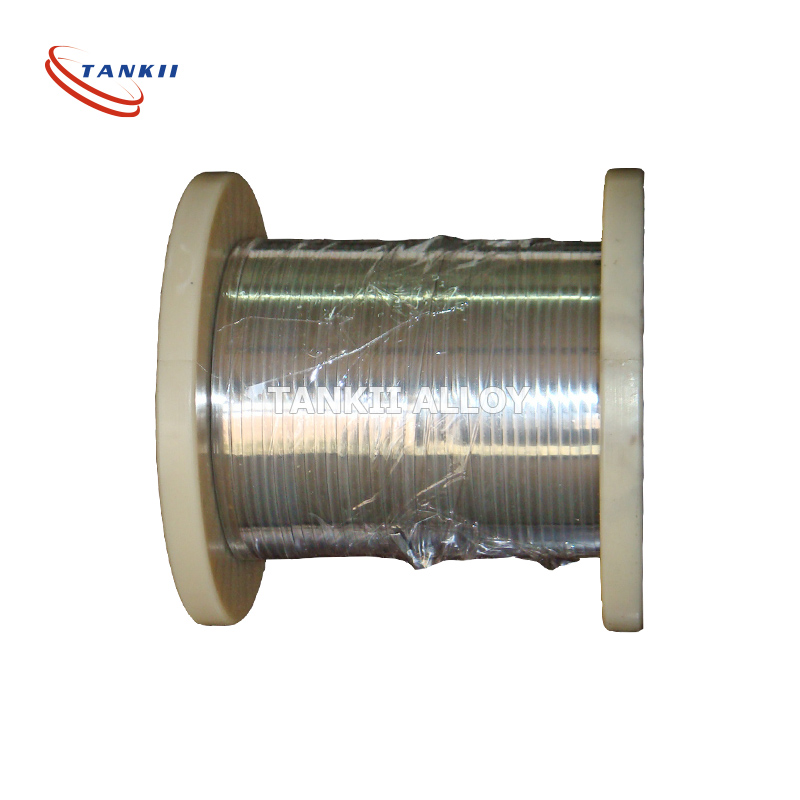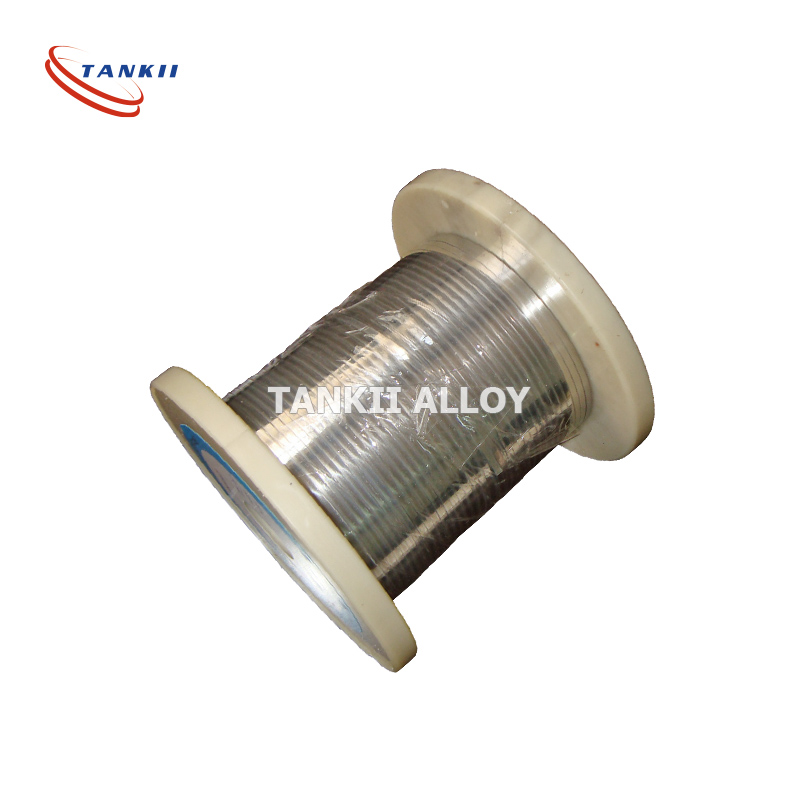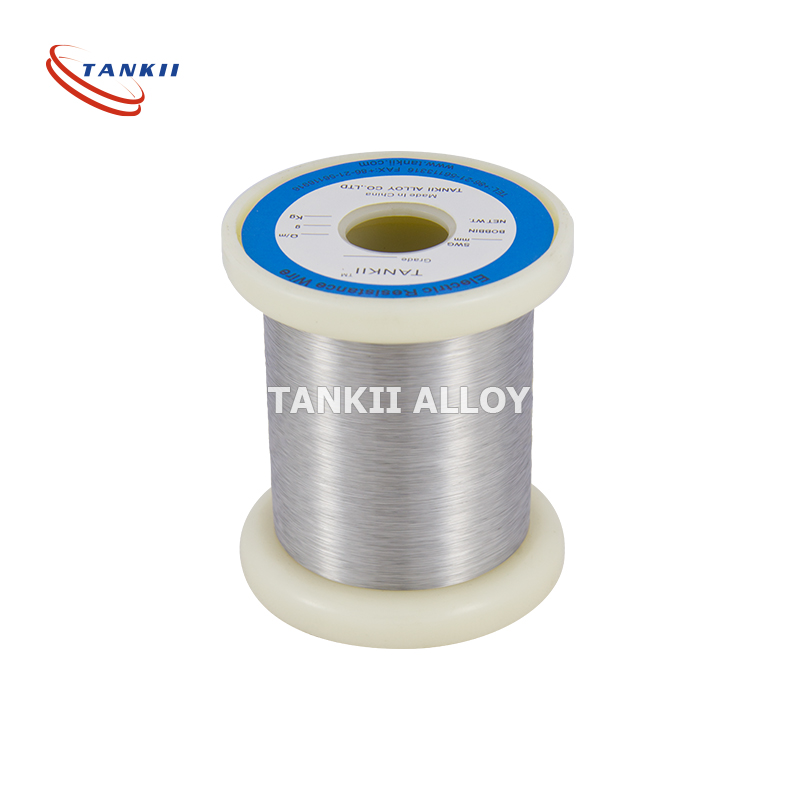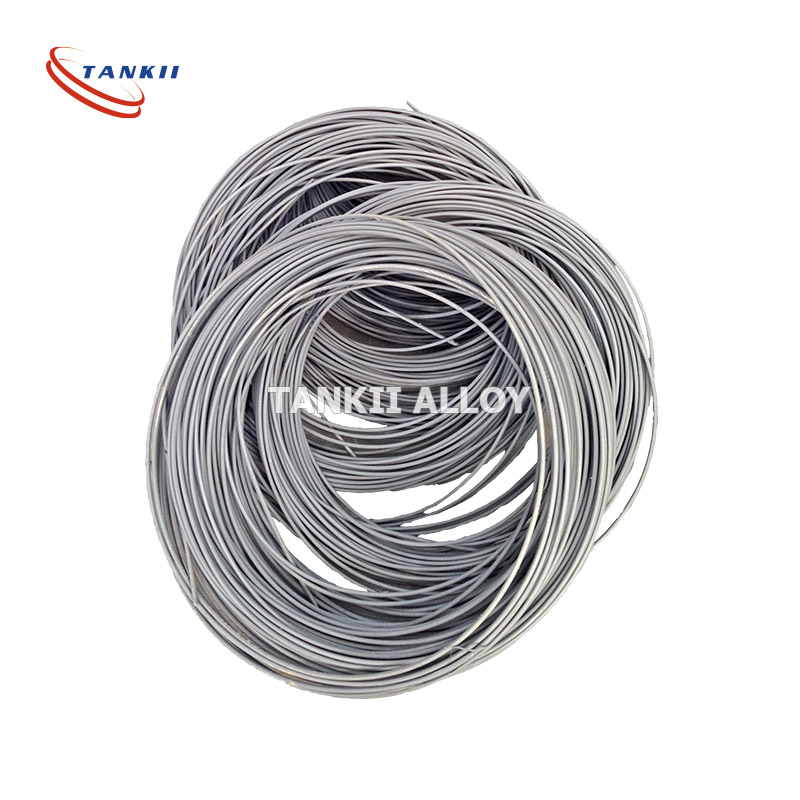Kanthal AF alloy 837 resistohm alchrome Y fecral alloy
Kanthal AF alloy 837 resistohm alchrome Y fecral alloy
Kanthal AF is a ferritic iron-chromium-aluminium alloy (FeCrAl alloy) for use at temperatures up to 1300°C (2370°F). The alloy is characterized by excellent oxidation resistance and very good form stability resulting in long element life.
Kan-thal AF is typically used in electrical heating elements in industrial furnaces and home appliances.
Example of applications in the appliance industry are in open mica elements for toasters, hair dryers, in meander shaped elements for fan heaters and as open coil elements on fibre insulating material in ceramic glass top heaters in ranges, in ceramic heaters for boiling plates, coils on molded ceramic fibre for cooking plates with ceramic hobs, in suspended coil elements for fan heaters, in suspended straight wire elements for radiators, convection heaters, in porcupine elements for hot air guns, radiators, tumble dryers.
Abstract In the present study, the corrosion mechanism of commercial FeCrAl alloy (Kanthal AF) during annealing in nitrogen gas (4.6) at 900 °C and 1200 °C is outlined. Isothermal and thermo-cyclic tests with varying total exposure times, heating rates, and annealing temperatures were performed. Oxidation test in air and nitrogen gas were carried out by thermogravimetric analysis. The microstructure is characterized by scanning electron microscopy (SEM-EDX), Auger electron spectroscopy (AES), and focused ion beam (FIB-EDX) analysis. The results show that the progression of corrosion takes place through the formation of localized subsurface nitridation regions, composed of AlN phase particles, which reduces the aluminum activity and causes embrittlement and spallation. The processes of Al-nitride formation and Al-oxide scale growth depend on annealing temperature and heating rate. It was found that nitridation of the FeCrAl alloy is a faster process than oxidation during annealing in a nitrogen gas with low oxygen partial pressure and represents the main cause of alloy degradation.
Introduction FeCrAl – based alloys (Kanthal AF ®) are well known for their superior oxidation resistance at elevated temperatures. This excellent property is related to the formation of thermodynamically stable alumina scale on the surface, which protects the material against further oxidation [1]. Despite superior corrosion resistance properties, the lifetime of the components manufactured from FeCrAl – based alloys can be limited if the parts are frequently exposed to thermal cycling at elevated temperatures [2]. One of the reasons for this is that the scale forming element, aluminum, is consumed in the alloy matrix in the subsurface area due to the repeated thermo-shock cracking and reforming of the alumina scale. If the remaining aluminum content decreases beneath critical concentration, the alloy can no longer reform the protective scale, resulting in a catastrophic breakaway oxidation by the formation of rapidly growing iron-based and chromium-based oxides [3,4]. Depending on the surrounding atmosphere and permeability of surface oxides this can facilitate further internal oxidation or nitridation and formation of undesired phases in the subsurface region [5]. Han and Young have shown that in alumina scale forming Ni Cr Al alloys, a complex pattern of internal oxidation and nitridation develops [6,7] during thermal cycling at elevated temperatures in an air atmosphere, especially in alloys that contain strong nitride formers like Al and Ti [4]. Chromium oxide scales are known to be nitrogen permeable, and Cr2 N forms either as a sub-scale layer or as internal precipitate [8,9]. This effect can be expected to be more severe under thermal cycling conditions which lead to oxide scale cracking and reducing its effectiveness as a barrier to nitrogen [6]. The corrosion behaviour is thus governed by the competition between oxidation, which leads to the protective alumina formation/maintenance, and nitrogen ingress leading to internal nitridation of the alloy matrix by formation of AlN phase [6,10], which leads to the spallation of that region due to higher thermal expansion of AlN phase compared to the alloy matrix [9]. When exposing FeCrAl alloys to high temperatures in atmospheres with oxygen or other oxygen donors such as H2O or CO2, oxidation is the dominating reaction, and alumina scale forms, which is impermeable to oxygen or nitrogen at elevated temperatures and provide protection against their intrusion into the alloy matrix. But, if exposed to reduction atmosphere (N2+H2), and protective alumina scale crack, a local breakaway oxidation starts by the formation of non-protective Cr and Ferich oxides, which provide a favorable path for nitrogen diffusion into the ferritic matrix and formation of AlN phase [9]. The protective (4.6) nitrogen atmosphere is frequently applied in the industrial application of FeCrAl alloys. For instance, resistance heaters in heat treatment furnaces with a protective nitrogen atmosphere are an example of the widespread application of FeCrAl alloys in such an environment. The authors report that the oxidation rate of the FeCrAlY alloys is considerably slower when annealing in an atmosphere with low oxygen partial pressures [11]. The aim of the study was to determine whether annealing in (99.996%) nitrogen (4.6) gas (Messer® spec. impurity level O2 + H2O < 10 ppm) affects corrosion resistance of FeCrAl alloy (Kanthal AF) and to what extent it depends on the annealing temperature, its variation (thermal-cycling), and heating rate.





